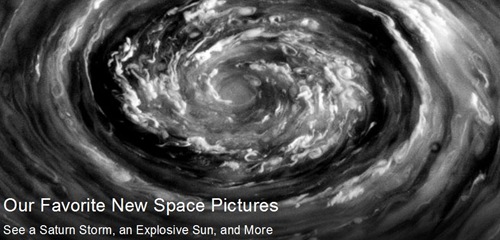
1. Stormy Saturn
A vortex of storm clouds swirls around Saturn’s north pole in this November 27 image taken from about 250,000 miles (about 400,000 kilometres) away by NASA’s Cassini spacecraft.
Cassini's cameras have revealed a cyclone-like pattern at the pole before but only in infrared wavelengths because the north pole was in darkness during the planet's long winter. As Saturn slowly orbits the sun, light has finally begun to reach the north pole.
Cassini was launched in 1997 and has been orbiting the Saturnian system since 2004.
2. Goodnight, Tokyo
Tokyo’s bustling streets resemble a fragile, glittering web when viewed from the International Space Station. The night-time shot was captured by an Expedition 33 crew member on November 14. The dark area in the upper left is Tokyo Bay.
3. Solar Swirl
A luminous eruption of gas, called a prominence, swirled just behind the edge of the sun for about a day beginning on November 18. (Read more about solar storms in National Geographic magazine.) Magnetic fields above the area make such events fairly common, but this stunning profile view was captured in extreme ultraviolet light by the Solar Dynamics Observatory.
4. Herculean Proportions
Hercules A, the largest galaxy in the constellation Hercules, is flanked by spectacular plumes shot from a supermassive black hole at the galaxy's core.
The optically invisible plumes - jets of high-energy plasma beams, subatomic particles, and magnetic fields - were revealed by combining the imaging power of Hubble Space Telescope's Wide Field Camera 3 and the Karl G. Jansky Very Large Array radio telescope in New Mexico. (More Hubble pictures.)
Hercules A is roughly a thousand times more massive than the Milky Way and emits nearly a billion times more power in radio wavelengths than our sun. It is about two billion light-years away.
5. Desert Dazzler
Photograph by Babak Tafreshi, TWAN
Jupiter twinkles above a desert mesquite tree in Death Valley, California, in this November 2012 image. Toward the right of the frame, the constellation Taurus is visible. (Related: Best Night-Sky Pictures of 2012.)
6. Icy Rings
A steeply inclined orbit gives NASA's Cassini spacecraft a spectacular view of Saturn's rings, composed of ice and rock.
This newly released image was taken at a distance of about 1.5 million miles (2.4 million kilometres) on August 19, 2012, with a wide-angle camera.
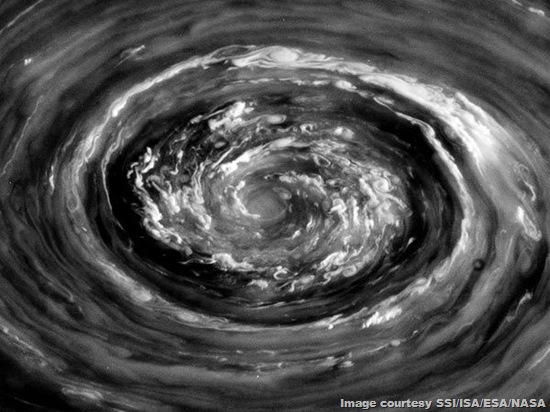
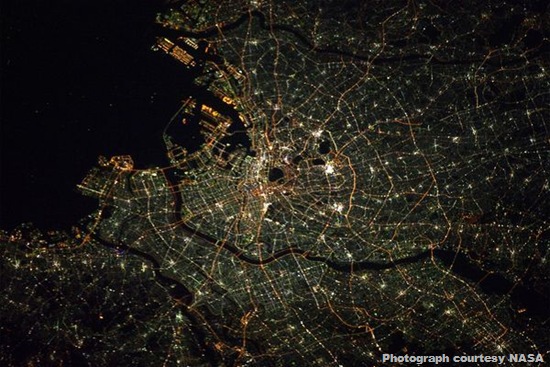
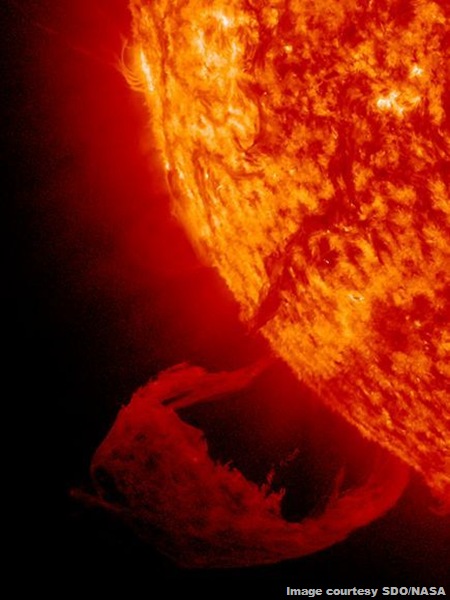
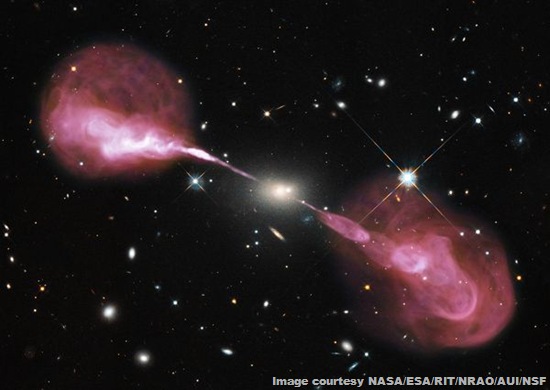
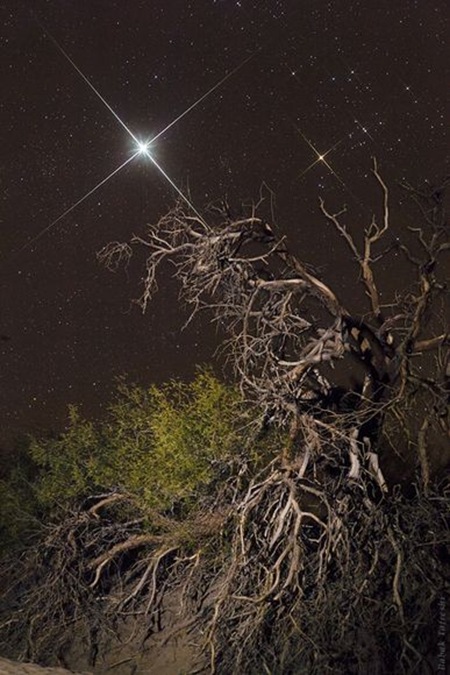
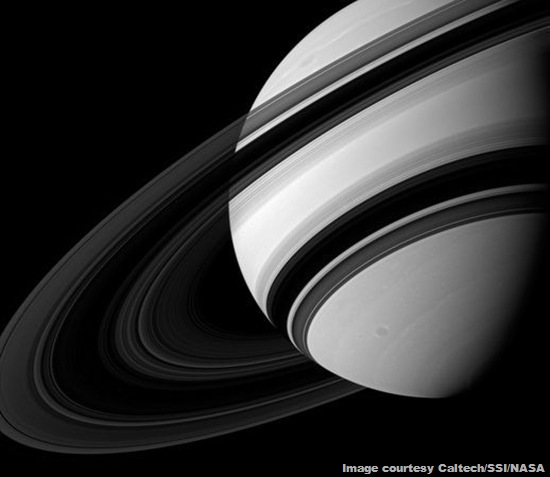
No comments:
Post a Comment
Please adhere to proper blog etiquette when posting your comments. This blog owner will exercise his absolution discretion in allowing or rejecting any comments that are deemed seditious, defamatory, libelous, racist, vulgar, insulting, and other remarks that exhibit similar characteristics. If you insist on using anonymous comments, please write your name or other IDs at the end of your message.